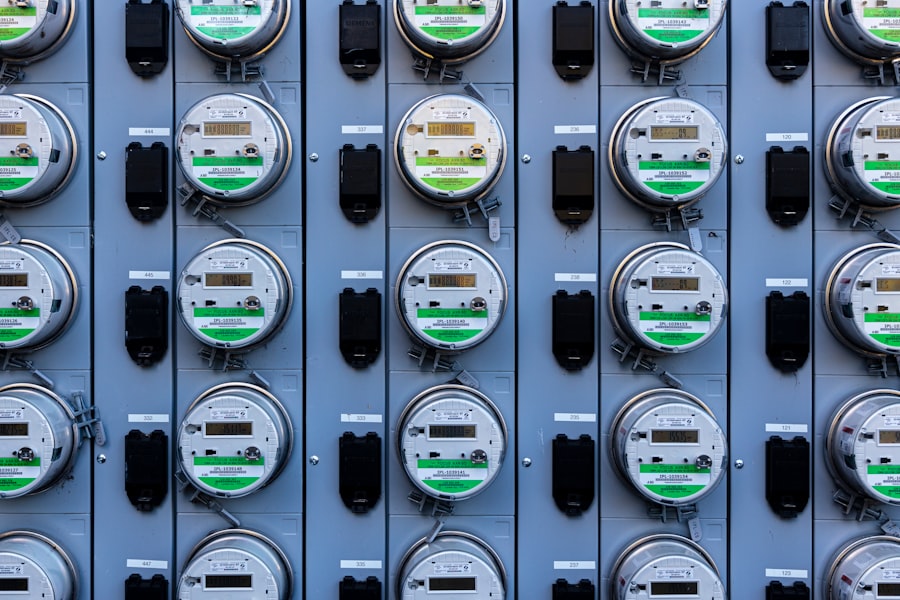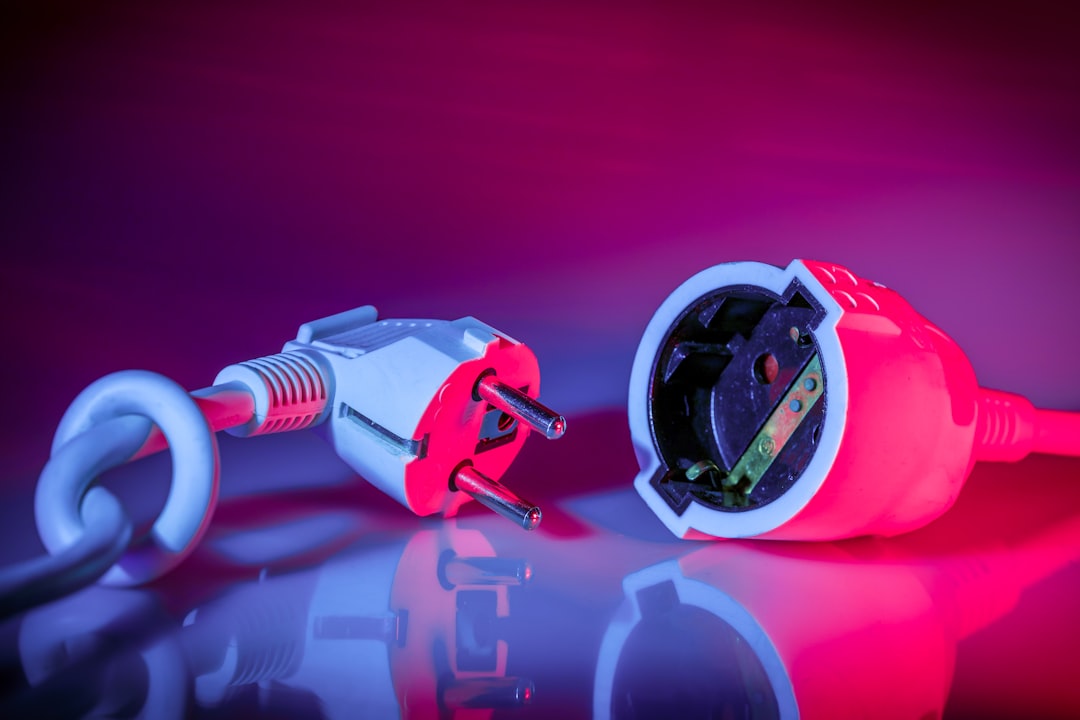When you consider laser hair removal, it’s essential to grasp how the process works. At its core, laser hair removal utilizes concentrated beams of light to target and destroy hair follicles. The laser emits a specific wavelength that is absorbed by the pigment in the hair, leading to its destruction while leaving the surrounding skin unharmed.
This method is not only effective but also offers a long-term solution for those tired of traditional hair removal methods like shaving or waxing. As you prepare for your sessions, understanding the science behind it can help alleviate any concerns you may have. The procedure typically begins with a consultation where a trained professional assesses your skin type and hair color to determine the most suitable laser for your needs.
During the actual treatment, you may feel a slight tingling sensation as the laser pulses against your skin. Most people describe this feeling as similar to a rubber band snapping against the skin. Depending on the area being treated, sessions can last anywhere from a few minutes to over an hour.
It’s important to note that multiple sessions are usually required to achieve optimal results, as hair grows in different cycles, and the laser is most effective on hair in the active growth phase.
Key Takeaways
- Laser hair removal targets hair follicles with concentrated light to prevent future hair growth
- Shave the treatment area before the session and avoid sun exposure and tanning beds
- Use gentle cleansers and moisturizers, and avoid exfoliating or using harsh products
- Apply cold compresses and aloe vera gel to soothe discomfort and redness
- Use sunscreen with SPF 30 or higher and avoid prolonged sun exposure for at least 6 weeks
Preparing for Laser Hair Removal Aftercare
Once you’ve completed your laser hair removal sessions, preparing for aftercare is crucial for ensuring the best results. The first step is to follow any specific instructions provided by your practitioner, as they may have tailored advice based on your individual skin type and treatment area. Generally, it’s recommended to avoid sun exposure and tanning beds for at least two weeks before and after your treatment.
This precaution helps minimize the risk of complications and ensures that your skin remains in optimal condition for healing. In addition to sun protection, you should also refrain from using certain skincare products that could irritate your skin post-treatment. Products containing retinoids, alpha hydroxy acids, or other exfoliating agents should be avoided for a few days following your session.
Instead, focus on using gentle cleansers and moisturizers to keep your skin hydrated and calm. Preparing your skin in this way can significantly enhance your overall experience and results from laser hair removal.
Proper Skincare Routine After Laser Hair Removal

Establishing a proper skincare routine after laser hair removal is vital for maintaining healthy skin and maximizing the benefits of the treatment. After your session, your skin may feel sensitive or slightly irritated, so it’s essential to use products that are soothing and hydrating. Look for fragrance-free moisturizers that contain calming ingredients like aloe vera or chamomile.
These can help reduce redness and provide relief to your skin as it heals. In addition to moisturizing, it’s crucial to keep your skin clean without over-exfoliating. Use a gentle cleanser that won’t strip your skin of its natural oils.
Avoid scrubs or harsh exfoliants for at least a week after treatment, as these can exacerbate irritation and delay healing. Instead, opt for a mild cleanser that will cleanse without causing further discomfort. By adhering to this skincare routine, you’ll not only promote healing but also enhance the effectiveness of your laser hair removal results.
Managing Discomfort and Redness
| Discomfort and Redness Management Metrics | 2019 | 2020 | 2021 |
|---|---|---|---|
| Number of reported discomfort cases | 150 | 130 | 110 |
| Percentage of patients with reduced redness | 75% | 80% | 85% |
| Average time to discomfort relief (in minutes) | 20 | 18 | 15 |
Experiencing some discomfort and redness after laser hair removal is entirely normal, but managing these symptoms can make your recovery more comfortable. Immediately following the procedure, you might notice swelling or redness in the treated area, similar to a mild sunburn. Applying a cold compress can help alleviate this discomfort; simply wrap ice in a cloth and gently press it against the affected area for short intervals.
This can significantly reduce inflammation and provide immediate relief. Over-the-counter pain relievers such as ibuprofen or acetaminophen can also be effective in managing any lingering discomfort. However, always consult with your practitioner before taking any medication post-treatment.
They may recommend specific dosages or alternatives based on your individual needs. Additionally, if you notice that redness persists beyond a few days or if you experience severe pain, it’s essential to reach out to your provider for further evaluation.
Protecting Your Skin from Sun Exposure
One of the most critical aspects of aftercare following laser hair removal is protecting your skin from sun exposure. Your skin will be more sensitive after treatment, making it more susceptible to sunburn and pigmentation changes. To safeguard your skin, it’s advisable to apply a broad-spectrum sunscreen with an SPF of at least 30 every day, even on cloudy days or when staying indoors.
This will help shield your skin from harmful UV rays that can lead to complications. In addition to sunscreen, wearing protective clothing such as hats or long sleeves can further minimize sun exposure. If you plan to be outdoors for extended periods, seek shade whenever possible and consider using an umbrella or other forms of cover.
By taking these precautions seriously, you’ll not only protect your skin but also enhance the longevity of your laser hair removal results.
Avoiding Certain Activities and Products
After undergoing laser hair removal, it’s essential to avoid specific activities and products that could interfere with your healing process. For instance, activities that cause excessive sweating—such as intense workouts or hot yoga—should be avoided for at least 24-48 hours post-treatment.
Additionally, steer clear of hot baths, saunas, or steam rooms during the initial recovery period. The heat can exacerbate redness and discomfort in the treated area. When it comes to skincare products, avoid anything that contains harsh chemicals or fragrances for at least a week after treatment.
Stick to gentle formulations that prioritize hydration and soothing properties to ensure your skin heals properly.
Monitoring Your Skin for Any Adverse Reactions
As you recover from laser hair removal, it’s crucial to monitor your skin closely for any adverse reactions. While most people experience only mild side effects like redness or swelling, some may encounter more severe reactions such as blistering or prolonged irritation. If you notice any unusual changes in your skin—such as increased pain, persistent redness beyond a week, or signs of infection like pus or fever—it’s essential to contact your healthcare provider immediately.
Keeping a close eye on how your skin responds will not only help you address any issues promptly but also provide valuable feedback for future treatments. Documenting any reactions can assist your practitioner in tailoring future sessions to better suit your needs. Remember that everyone’s skin reacts differently; being proactive about monitoring will ensure you achieve the best possible results from your laser hair removal journey.
Long-Term Maintenance and Touch-Up Treatments
Once you’ve completed your initial series of laser hair removal sessions, understanding long-term maintenance is key to enjoying lasting results. While many individuals experience significant hair reduction after their treatments, some may require occasional touch-up sessions to maintain smoothness over time. These touch-ups are typically less frequent than initial treatments and can be scheduled based on how quickly your hair regrows.
In addition to scheduling touch-ups, maintaining a consistent skincare routine will help prolong the effects of laser hair removal. Continue using sunscreen daily and avoid harsh products that could irritate your skin. Staying hydrated and following a healthy lifestyle can also contribute positively to your skin’s overall health and appearance.
By committing to these practices, you’ll not only enjoy smoother skin but also feel more confident in your appearance long after completing your laser hair removal journey.
After undergoing laser hair removal treatment, it is crucial to follow proper aftercare instructions to ensure optimal results and minimize any potential side effects. One helpful resource for learning more about laser hair removal aftercare is the article titled “Fashion Home 3” on the In Laser Hair Removal website. This article provides valuable tips and guidelines for post-treatment care, including how to soothe any discomfort, protect the treated area from sun exposure, and maintain smooth, hair-free skin. For more information on laser hair removal aftercare, you can visit inlaserhairremoval.
com/fashion-home-3/’>here.
FAQs
What is laser hair removal aftercare?
Laser hair removal aftercare refers to the steps and precautions that should be taken after undergoing a laser hair removal treatment. These aftercare measures are important for ensuring the best results and minimizing any potential side effects.
Why is laser hair removal aftercare important?
Laser hair removal aftercare is important because it helps to promote healing, reduce the risk of complications, and maximize the effectiveness of the treatment. Proper aftercare can also help to soothe any discomfort or irritation that may occur after the procedure.
What are some common aftercare tips for laser hair removal?
Common aftercare tips for laser hair removal may include avoiding sun exposure, using gentle skincare products, avoiding hot showers and baths, applying soothing creams or gels, and avoiding activities that may irritate the treated area.
How long does laser hair removal aftercare last?
Laser hair removal aftercare may last for several days to a few weeks, depending on the individual’s skin type, the area treated, and the specific instructions provided by the laser hair removal technician. It is important to follow the recommended aftercare guidelines until the skin has fully healed.
What are some potential side effects of laser hair removal and how can aftercare help?
Potential side effects of laser hair removal may include redness, swelling, and mild discomfort. Proper aftercare can help to soothe these side effects and promote healing. It can also help to minimize the risk of more serious side effects such as blistering or changes in skin pigmentation.





